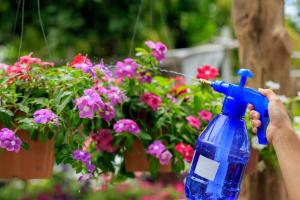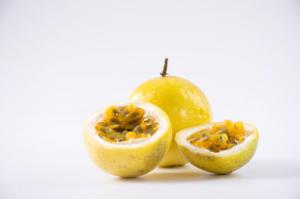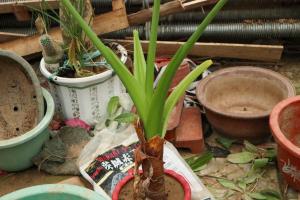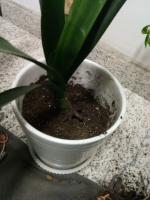How to Water Air Plants: Tips and Tricks
Air plants, or Tillandsia, are unique and fascinating houseplants that have grown in popularity in recent years due to their ease of care and interesting appearance. Despite their name, air plants still need moisture to thrive. They are epiphytes, meaning they absorb moisture and nutrients from the air and rain rather than from soil. In this article, we’ll explore the best practices for watering air plants to help you keep them healthy and happy.
Consider Your Environment
The frequency and amount of water air plants need will depend on a variety of environmental factors. Air plants prefer a humid environment, so if you live in a dry climate, you may need to water your plants more frequently. They also prefer bright, indirect light, so keep them near a window or under grow lights if you don’t have access to natural light.
Determine Your Watering Schedule
How often you water your air plants will ultimately depend on the above factors, as well as the specific type of air plant you have. In general, most air plants will benefit from a thorough watering once a week. However, some species require more frequent watering, while others can go several weeks without water. The key is to pay attention to your plant’s needs and adjust your watering schedule accordingly.
Method of Watering
There are a few different methods for watering air plants. The most common is to soak them in water for 30 minutes to an hour, then letting them dry completely before returning them to their display. Another method is to mist them with a spray bottle, making sure the entire plant gets misted thoroughly. It’s important to note that tap water can be harmful to air plants as it contains chlorine and fluoride, so it’s recommended to use filtered or distilled water.
Fertilizing Air Plants
Air plants do not require fertilizer, but a small amount can help them grow faster and healthier. Use a water-soluble fertilizer specifically designed for air plants, diluted to about 1/4 strength, and only apply it once a month. Over-fertilizing can be harmful to air plants, so it’s important to not overdo it.
Common Mistakes to Avoid
One of the most common mistakes with watering air plants is not allowing them to dry completely before returning them to their display. If air plants aren’t allowed to dry properly, they can develop rot and ultimately die. Another mistake is over-watering, which can lead to the same result. It’s important to pay attention to your plant’s needs and adjust accordingly, rather than sticking to a rigid watering schedule.
In Conclusion
Watering air plants can seem intimidating at first, but with a little practice, it can become second nature. Consider your environment, determine your watering schedule, choose your method of watering, fertilize sparingly, and avoid common mistakes. With these tips and tricks, your air plants will thrive for years to come.

 how many times do yo...
how many times do yo... how many planted tre...
how many planted tre... how many pine trees ...
how many pine trees ... how many pecan trees...
how many pecan trees... how many plants comp...
how many plants comp... how many plants can ...
how many plants can ... how many plants and ...
how many plants and ... how many pepper plan...
how many pepper plan...































